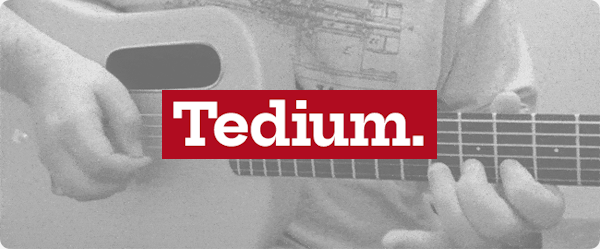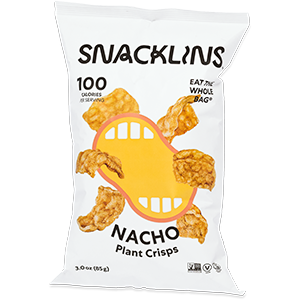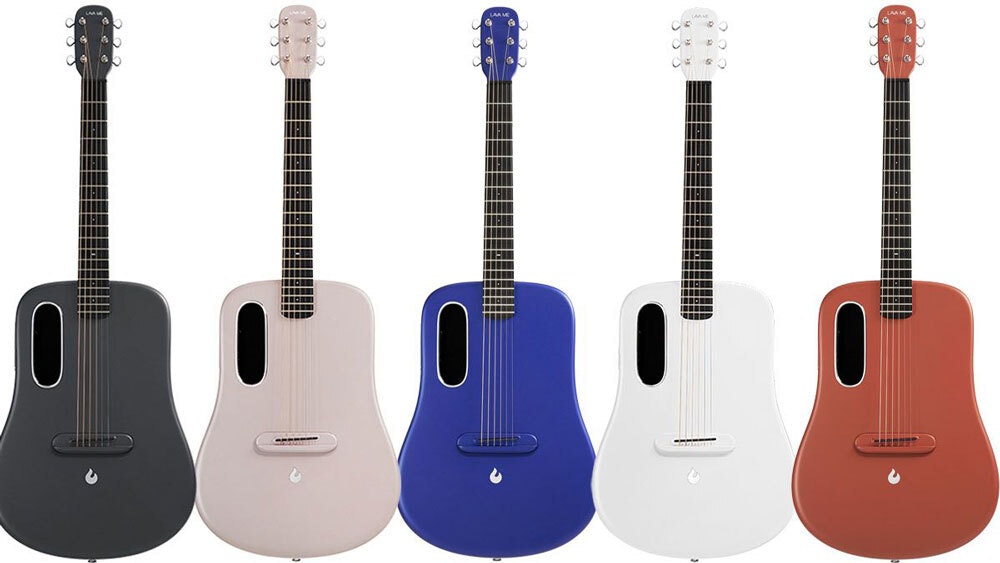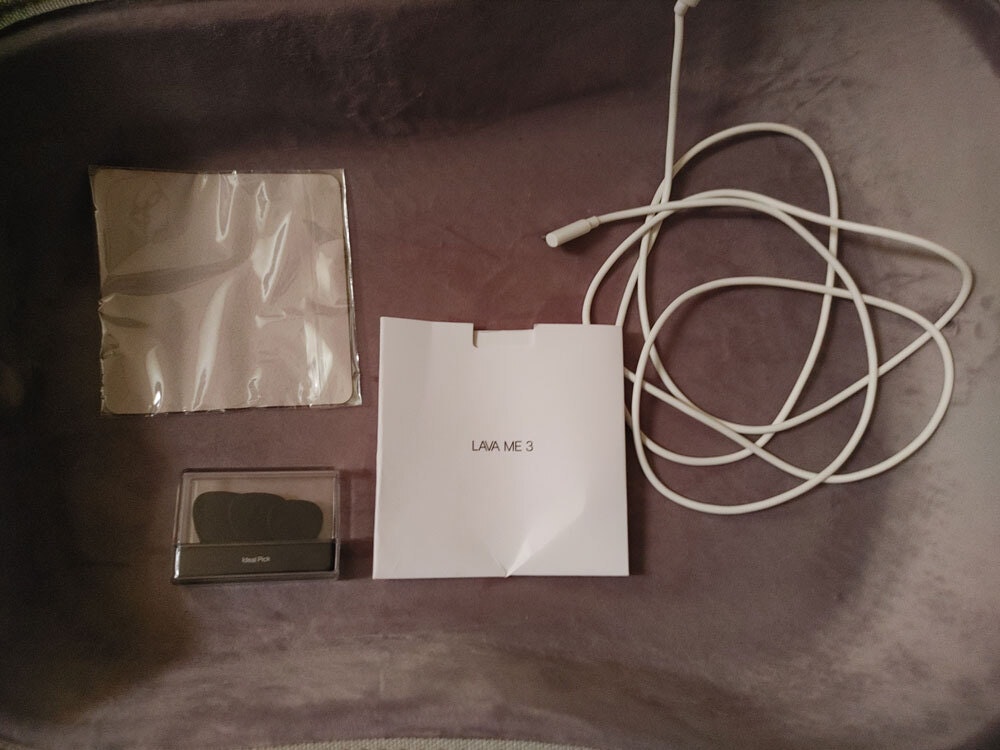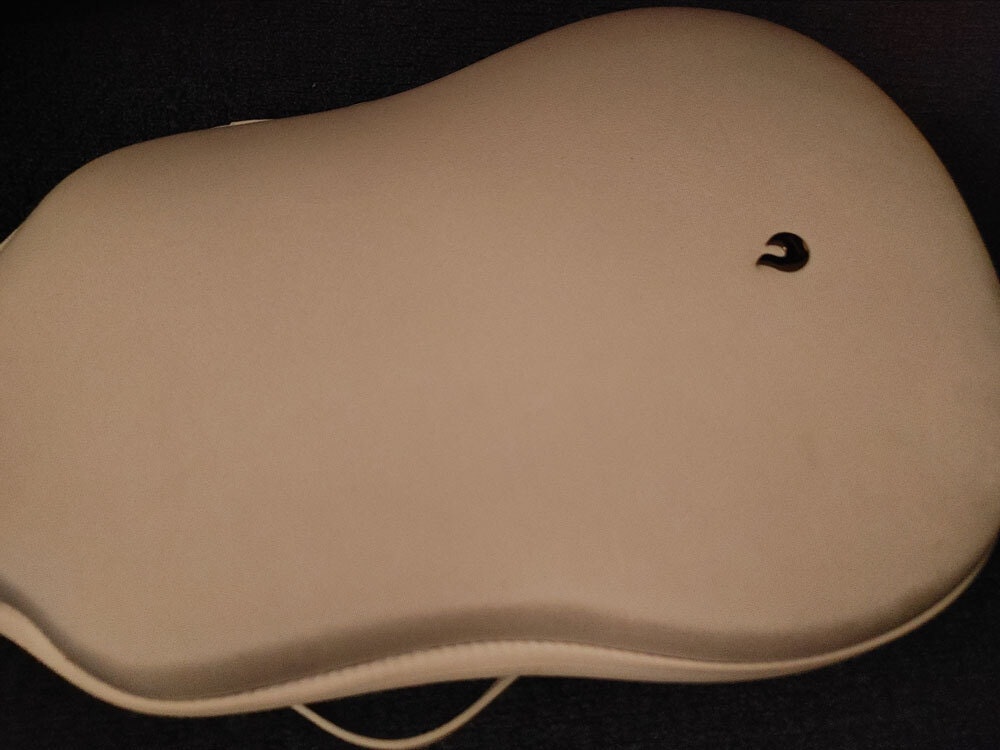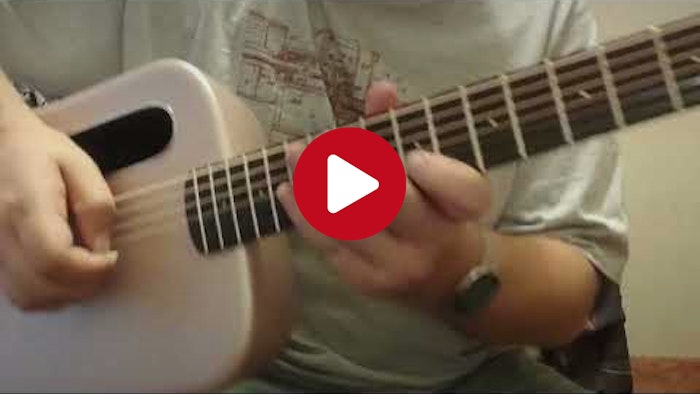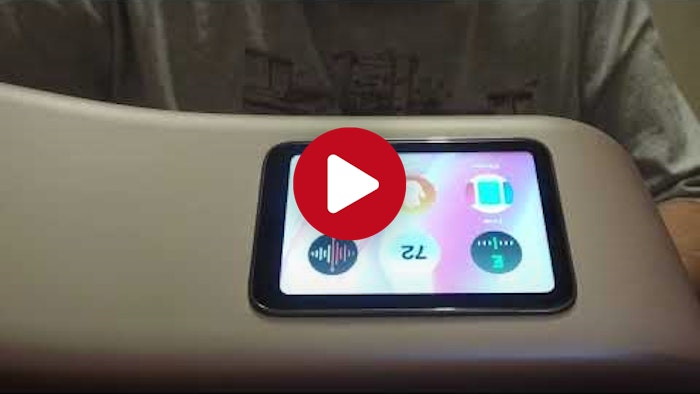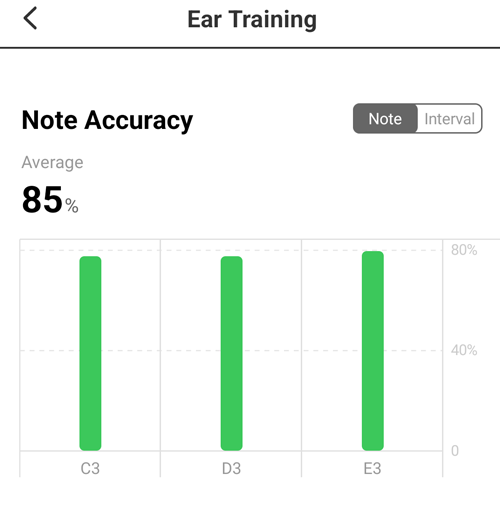Tedium - A Bit of Fine Tuning 🎸
|
|
|
|
|
|
|
|
|
|
|
|
|
|
|
Older messages
The Codecs of Streams Past 📹
Wednesday, July 27, 2022
The video file formats that didn't make it. Here's a version for your browser. Hunting for the end of the long tail • July 27, 2022 Today in Tedium: So much of the content we experience on the
Surf Like A Shark 🦈
Friday, July 22, 2022
How the Nintendo 64 got internet access. Here's a version for your browser. Hunting for the end of the long tail • July 22, 2022 Hey all, Ernie here with an older piece I think that deserves a
From Cable to Local 📺
Wednesday, July 20, 2022
The cable networks that went over-the-air broadcast for some reason. Here's a version for your browser. Hunting for the end of the long tail • July 20, 2022 Today in Tedium: The USA Network. The
Class, Dismissed 🎩
Saturday, July 16, 2022
Why class doesn't dominate American comedic culture. Here's a version for your browser. Hunting for the end of the long tail • July 15, 2022 Hey all, Ernie here with a fresh piece from Andrew
Longform Brevity 🗞
Thursday, July 14, 2022
Why quick-hit journalism on the internet kinda stinks. Here's a version for your browser. Hunting for the end of the long tail • July 13, 2022 Today in Tedium: I have a bone to pick with one of the
You Might Also Like
The One AI to Rule Them All
Thursday, February 27, 2025
Trying to grok the outlook for general-purpose consumer AI... The One AI to Rule Them All Trying to grok the outlook for general-purpose consumer AI... By MG Siegler • 18 Feb 2025 View in browser View
Visualized | Global IPOs in 2024, by Country 📈
Thursday, February 27, 2025
This infographic visualizes global IPO volumes and proceeds by country in 2024, highlighting the strongest IPO markets. View Online | Subscribe | Download Our App Presented by Hinrich Foundation NEW
Daily Coding Problem: Problem #1695 [Easy]
Thursday, February 27, 2025
Daily Coding Problem Good morning! Here's your coding interview problem for today. This problem was asked by Google. Given two singly linked lists that intersect at some point, find the
Joining Strings, MongoDB in Django, Mobile Wheels, and More
Thursday, February 27, 2025
How to Join Strings in Python #669 – FEBRUARY 18, 2025 VIEW IN BROWSER The PyCoder's Weekly Logo How to Join Strings in Python In this tutorial, you'll learn how to use Python's built-in .
JSK Daily for Feb 18, 2025
Thursday, February 27, 2025
JSK Daily for Feb 18, 2025 View this email in your browser A community curated daily e-mail of JavaScript news Meet Harmony An open source library for composing consistent and highly performant
Software Testing Weekly - Issue 258
Thursday, February 27, 2025
The End of Programming? 🤔 View on the Web Archives ISSUE 258 February 18th 2025 COMMENT Welcome to the 258th issue! Some people fear that AI will replace software engineers, including testers. However,
The Sequence Engineering #493: One of the Best Agent Frameworks in the Market Just Got Way Better
Thursday, February 27, 2025
The new version adds a considerable set of capabilities for a more integrated agent development experience. ͏ ͏ ͏ ͏ ͏ ͏ ͏ ͏ ͏ ͏ ͏ ͏ ͏ ͏ ͏ ͏ ͏ ͏ ͏ ͏ ͏ ͏ ͏ ͏ ͏ ͏ ͏ ͏ ͏ ͏ ͏ ͏ ͏ ͏ ͏ ͏ ͏ ͏ ͏ ͏ ͏ ͏ ͏ ͏ ͏ ͏ ͏
Trojanized Game Installers Deploy Cryptocurrency Miner in StaryDobry Attack
Thursday, February 27, 2025
THN Daily Updates Newsletter cover ⚡ LIVE WEBINAR ➟ Building Resilient Identity: Reducing Security Debt in 2025 Attacks Evolve, So Can Your Defenses--Learn How to Mitigate Risk and Optimize Identity
Post from Syncfusion Blogs on 02/19/2025
Thursday, February 27, 2025
New blogs from Syncfusion ® Track and Visualize your Product Sales Data with the .NET MAUI Bullet Chart By Tinesh Kumar Sivakumar This blog explains how to visualize product sales performance using the
10 Ways a Zero Trust Architecture Protects Against Ransomware
Thursday, February 27, 2025
Learn how zero trust defends against ransomware at every step of the attack chain. ͏ ͏ ͏ ͏ ͏ ͏ ͏ ͏ ͏ ͏ ͏ ͏ ͏ ͏ ͏ ͏ ͏ ͏ ͏ ͏ ͏ ͏ ͏ ͏ ͏ ͏ ͏ ͏ ͏ ͏
